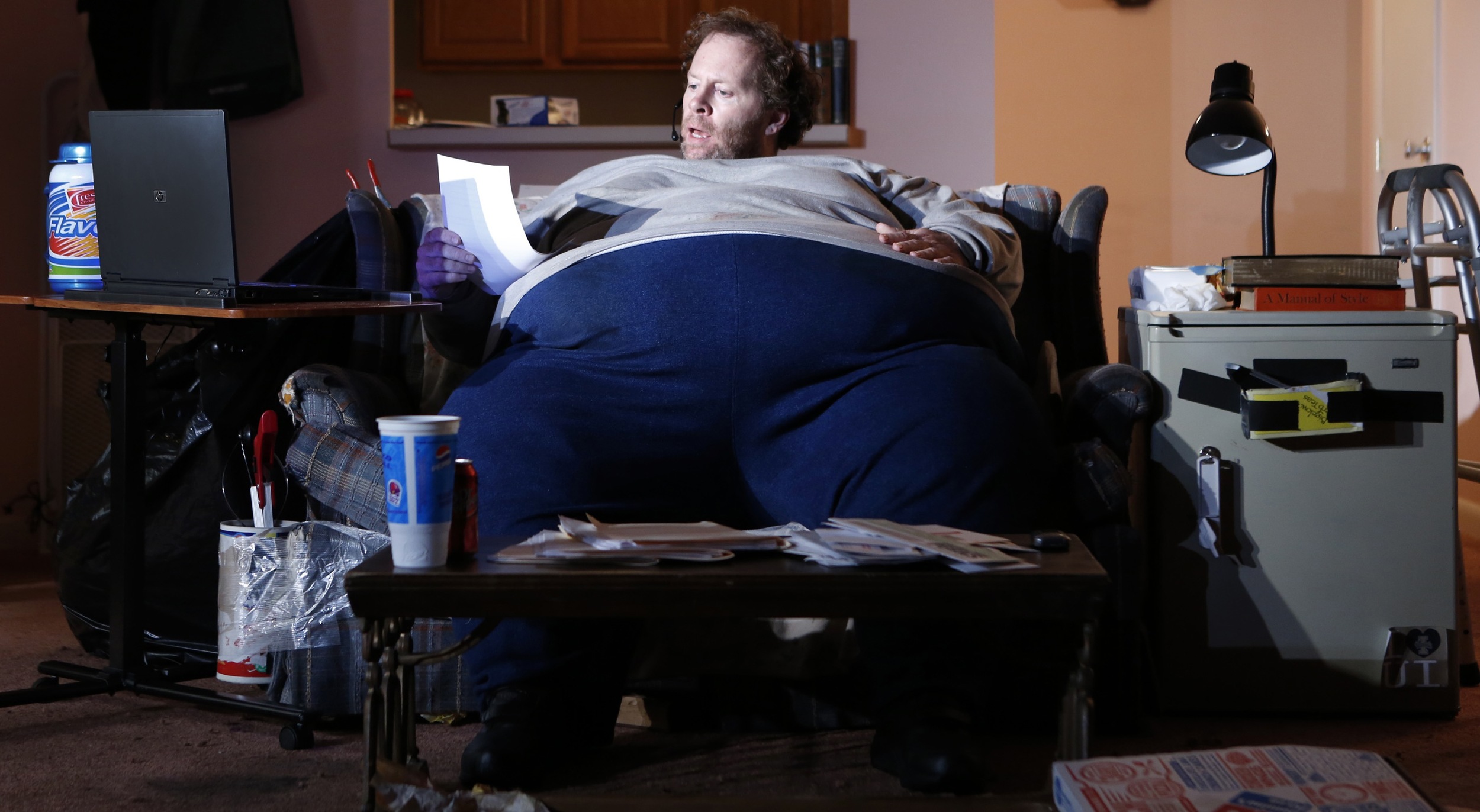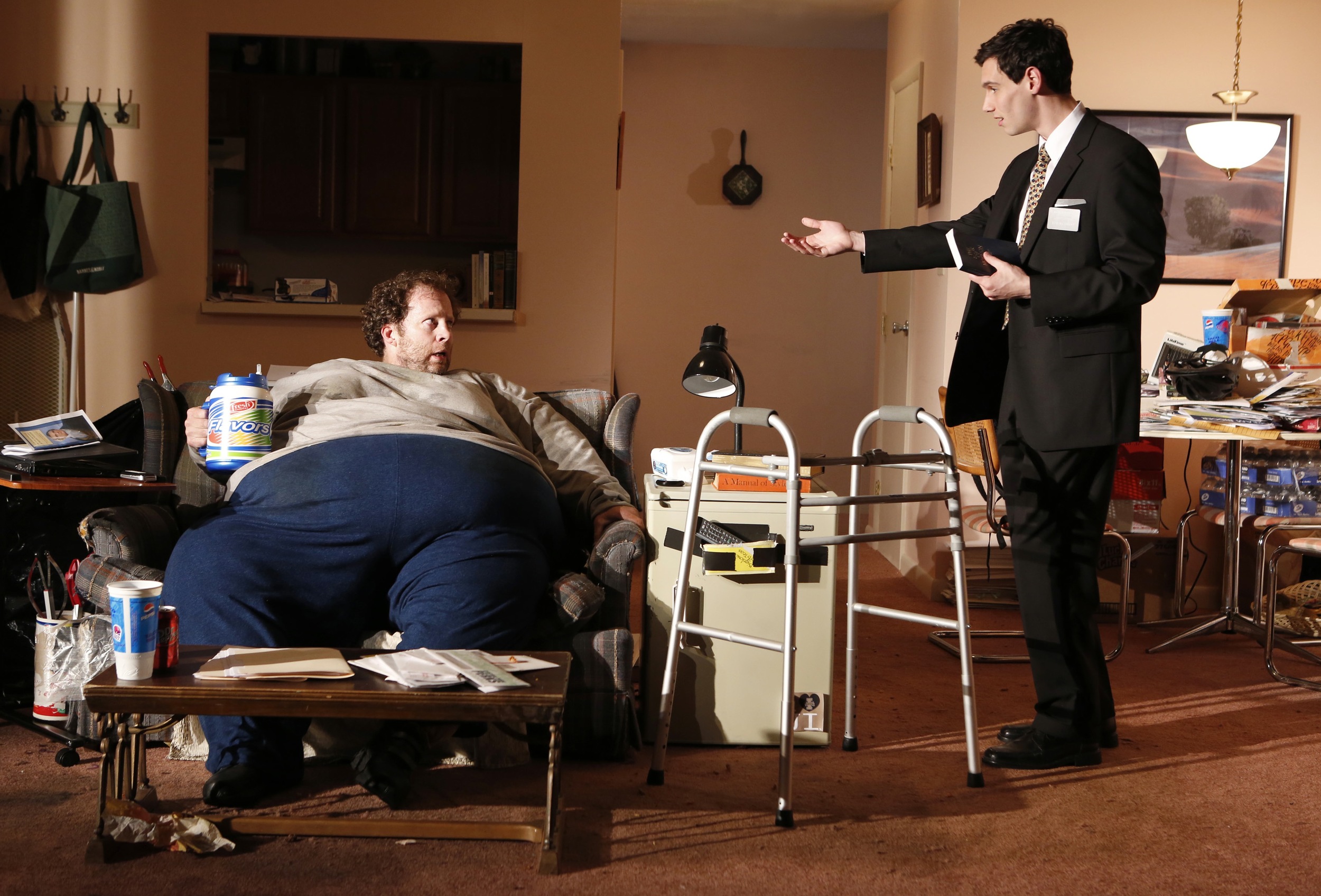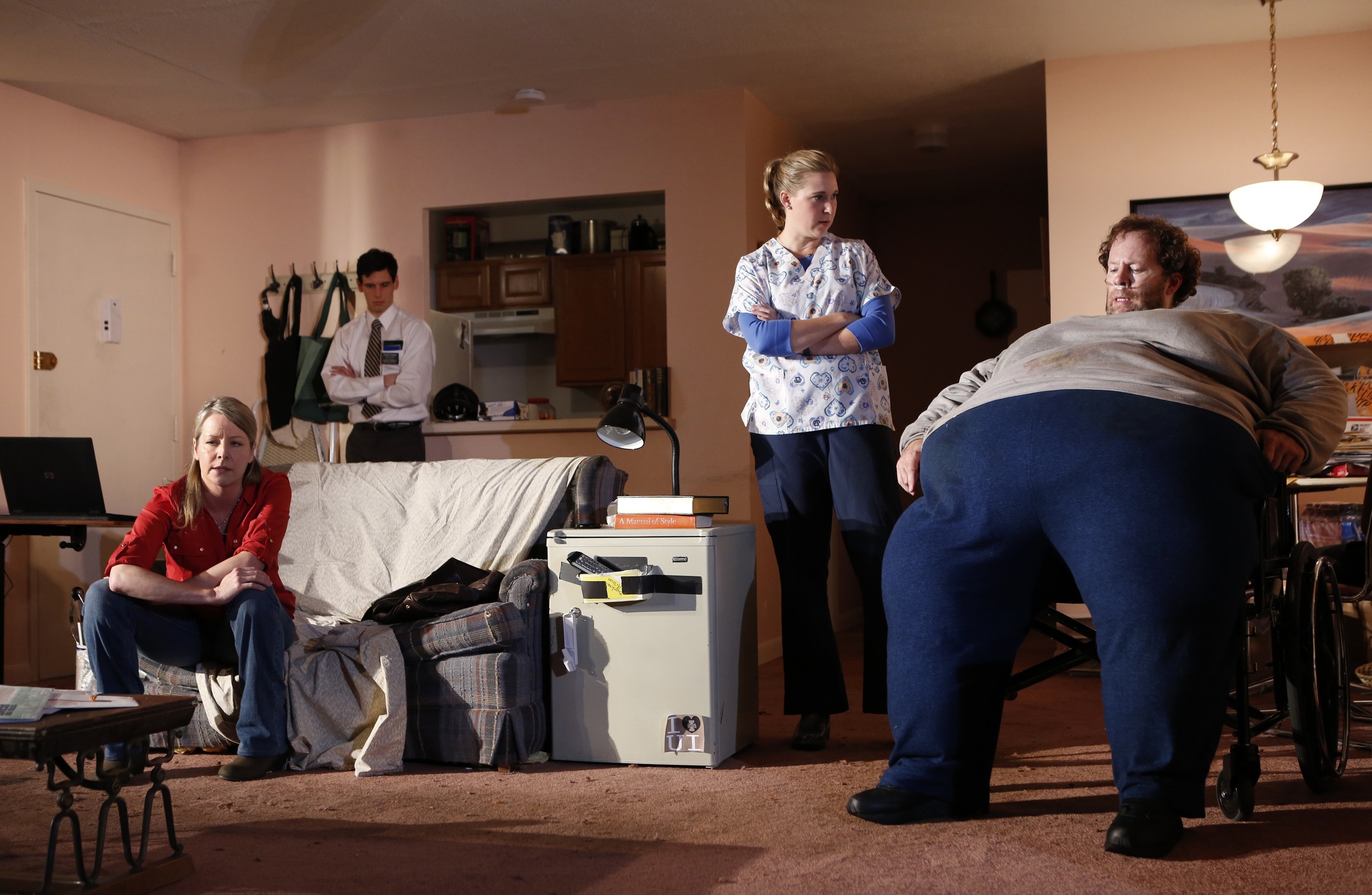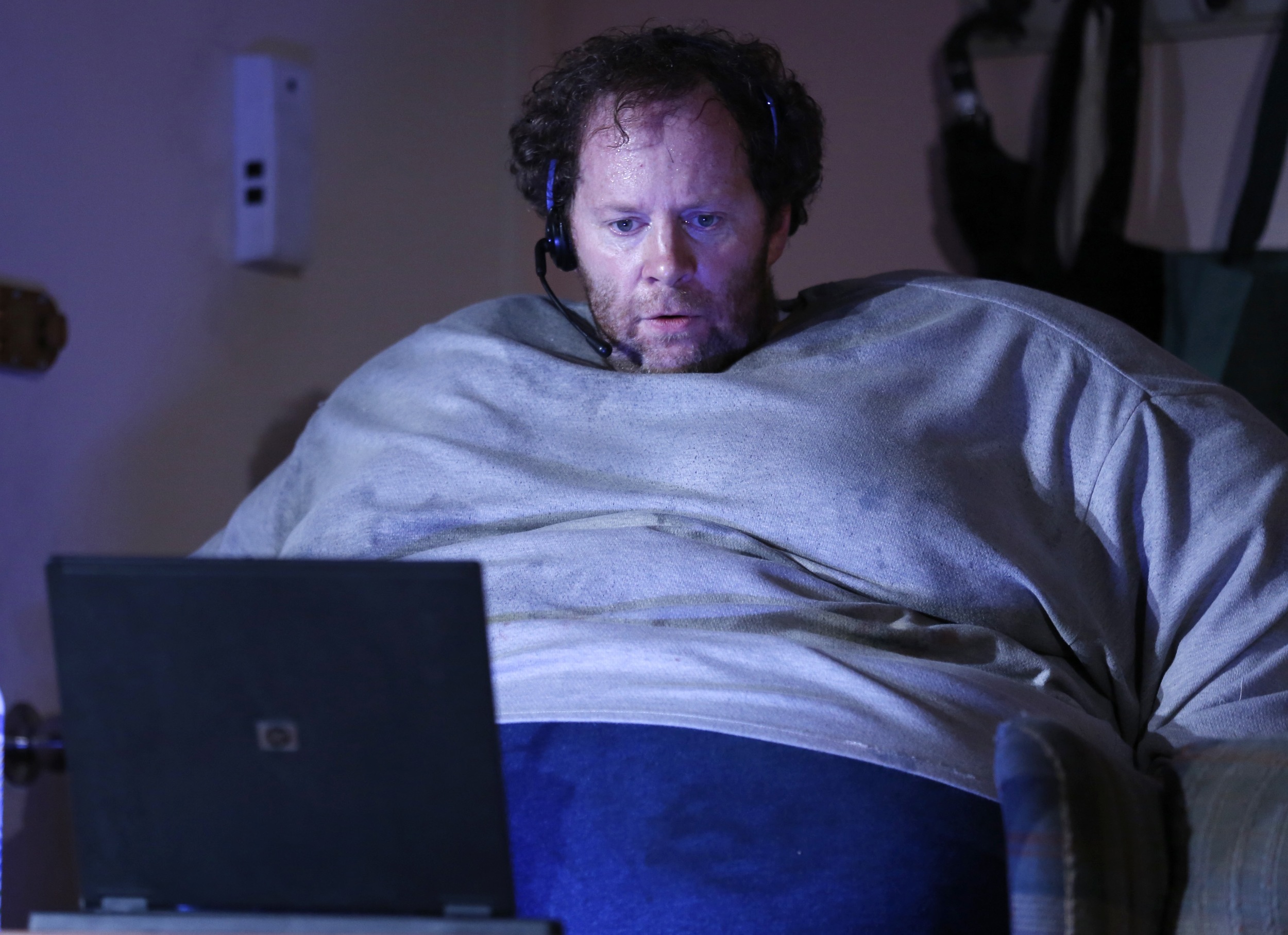Susannah Flood, Gibson Frazier, Matthew Maher, Sam Breslin Wright & Quincy Tyler Bernstine, in Mr. Burns . Photo credit: Joan Marcus
I've been waiting to see Anne Washburn's Mr. Burns: a post electric play for over a year, ever since it premiered at D.C.'s Woolly Mammoth Theatre Company. A few weeks ago, I that dream was fulfilled, in the cozy confines of Playwrights Horizons. The first two acts of the play were brilliant, doing everything I expected and a hell of a lot more, but then...well, I already wrote the review. Why not just read that?
Civilization has collapsed in a nuclear haze, and a gang of survivors huddle around the campfire, trying to keep out the dark by retelling an old Simpsons episode. They cobble it together bit by bit, without the DVD safety net to help them fill in gaps, knowing that whatever they can't remember will be lost to history. The world has gone dark, and no one will ever watch The Simpsonsagain.
This is a melancholy thought, especially for someone who has been watching The Simpsons his entire life. That caustic yellow family first appeared on The Tracey Ullman Show a few months before I was born, and took to primetime when I was two. As a child, my evenings revolved around the 5 p.m. syndicated episode, and the show still has the power to take me back to childhood. It's a security blanket, and if the world ended, it's where I would turn as well.
The Simpsons is an incredibly rich text, stuffed with intricate throwaway gags that make each episode endlessly watchable, and—as Washburn's characters quickly figure out—surprisingly hard to remember in full. Everyone knows The Simpsons, and that shared understanding is strong enough to support anything Washburn wants to make of it. By the end of the second act of Mr. Burns, she has stripped America's longest-running scripted show down to its essentials, allowing her to build something entirely new out of familiar parts. That the play eventually collapses is not because she asks too much of her source material, but because she doesn't take it far enough.
Now, because it was (quite rightly) cut from the review, let's revel in this for a few seconds.
Thank god for the Simpsons, and for Anne Washburn. The play, as a whole, doesn't work for me, but it does so in a way that makes it much more fun to talk about. So let's talk! Tweet at me or whatnot and we can discuss a discussion.





